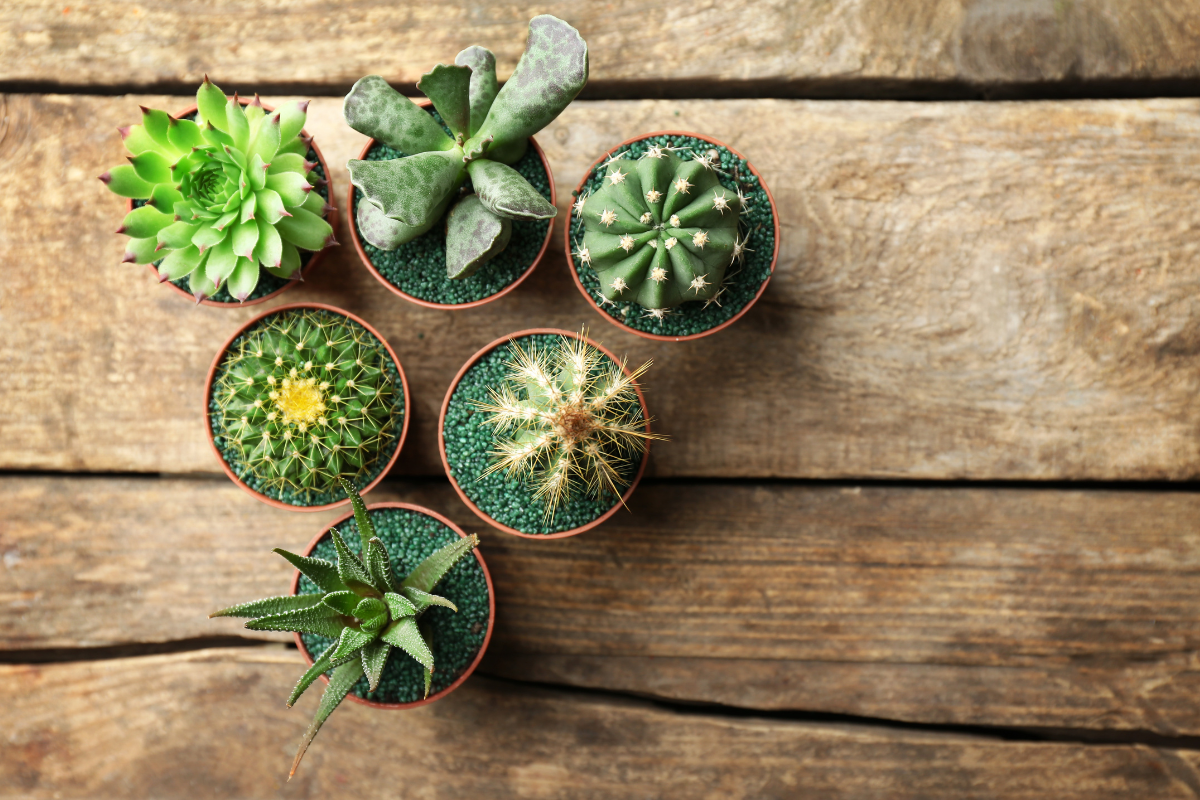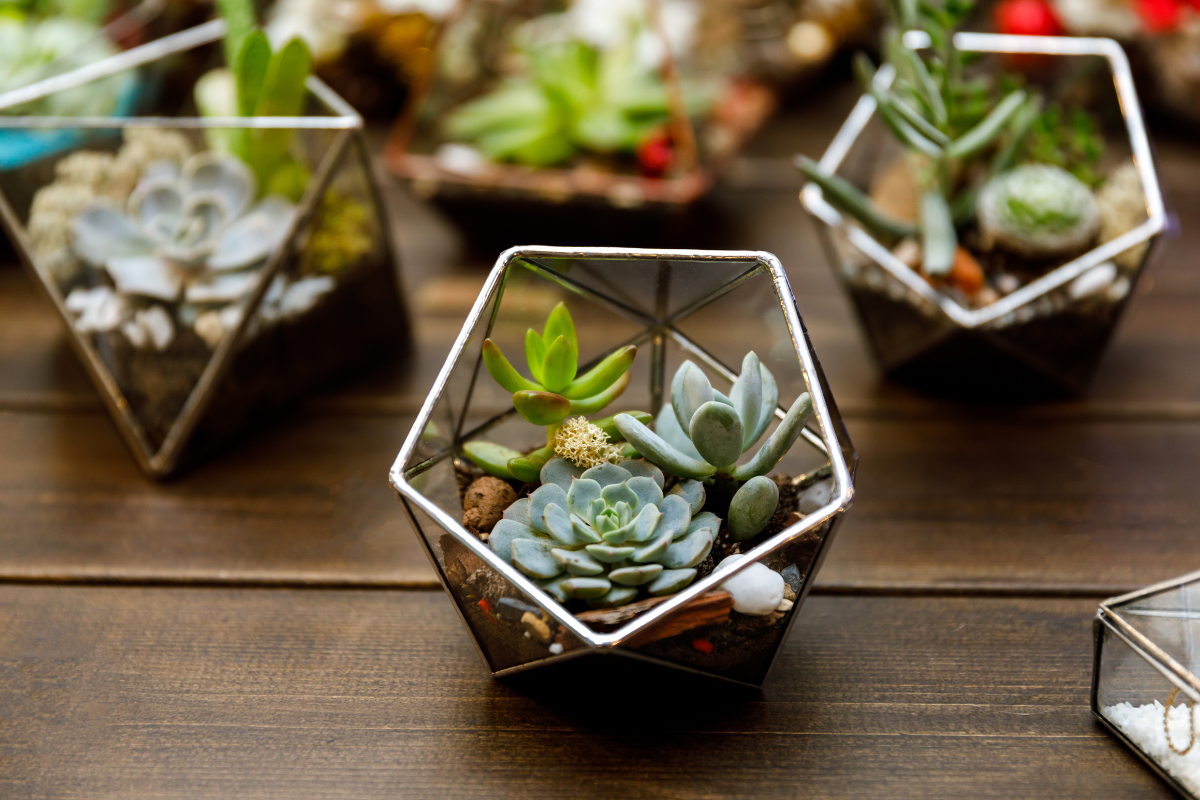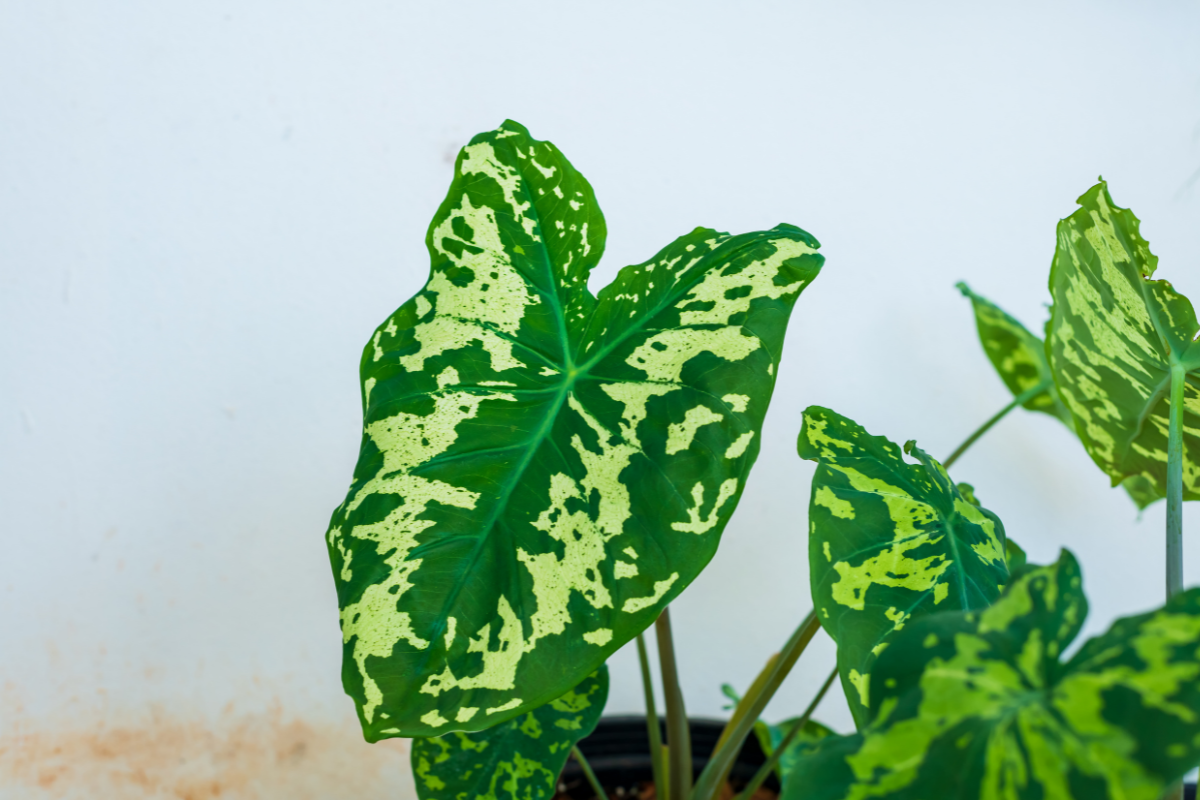Fungus is a common problem that many plant lovers face.
In this blog post, we’ll explore what causes fungus in succulents and how to prevent and treat it.
We will also share some tips for maintaining to keep your beautiful plants healthy.
Table of Contents
What causes fungus in succulents?
Fungus in succulents is a common problem that several factors can cause.
- Overwatering – One of the main causes is overwatering, which creates an environment where fungus grows.
- Moist Soil – When the soil remains moist for too long, it becomes a breeding ground for fungi to grow and spread.
- Poor ventilation – Another cause of fungal growth in succulents is poor air circulation.
- Overcrowded – If your plants are overcrowded or placed in areas with limited airflow, this can lead to excess moisture buildup and create fungal growth.
- Contaminated Soil/Pots – Using contaminated soil or pots when repotting your succulent can also introduce fungi into their environment.
- Unclean Tools – It’s important to use clean tools when transplanting your plants to prevent any contamination.
- Plant Stress – Stress on the plant due to environmental factors can weaken its natural defense system against fungi.
- Sudden Environmental Changes – Factors like extreme heat or cold temperatures, high humidity levels, or exposure to pests can also make them more exposed to infection.
Preventing fungus from developing in succulents requires: proper watering, well-draining soils that promote healthy root systems and good ventilation.
How to prevent and treat fungus in succulents?
Here is a list of the common things that can help your easily treat any fungal disease in succulents.
- Proper Drainage – Succulents grow in well-draining soil and containers with drainage holes.
- Maintain Proper Circulation – Another prevention method is to maintain good air circulation around your succulents. This can be achieved by keeping them spaced apart and avoiding crowded conditions.
- Pruning – If you do notice signs of fungus on your succulent, such as discolored or soft spots on the leaves. Remove affected leaves using clean tools and dispose of them immediately.
- Fungicides – You can also use natural fungicides like neem oil or diluted hydrogen peroxide spray to help control the spread of the fungus. Just be sure not to apply too much as it may damage the plant.
- Monitor – Regularly inspect your succulents for signs of fungus and take preventative measures.
How to maintain healthy succulents?
Maintaining healthy succulents is easy. The key is to provide them with the right environment.
Here are some tips on how to maintain healthy succulents.
- Don’t overwater – Ensure that you do not overwater your plant. In general, it’s best to underwater rather than overwater your succulent.
- Give them sunlight – In terms of light requirements, most succulents prefer bright but indirect sunlight. If your plant is stretching towards the light source or becoming pale in color, it may need more direct sunlight.
- Provide proper care – Promptly address any issues by removing affected leaves and treating with appropriate pesticides if necessary.
By following these simple steps and providing your succulent with proper care and attention, you can enjoy a healthy cute succulent for years.




An fascinating discussion is worth comment. I think that it is best to write more on this subject, it may not be a taboo topic however usually persons are not enough to speak on such topics. To the next. Cheers